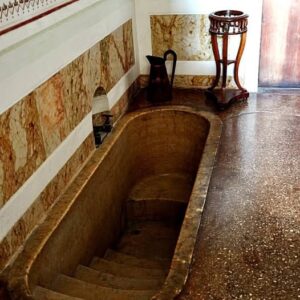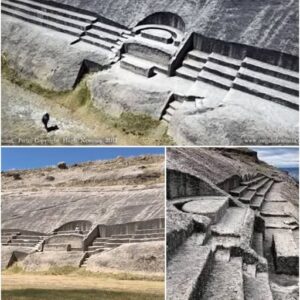Catalhöyük, a pivotal Neolithic settlement nestled in the heart of Turkey, stands as a testament to a groundbreaking practice that intertwined domestic life with death. The inhabitants of this ancient city fostered uniquely intimate connections with their departed loved ones by laying them to rest beneath the floors of their homes, showcasing a deep-seated desire to uphold ancestral bonds even beyond the constraints of mortality.
Archaeological revelations shed light on the elaborate burial customs practiced at Catalhöyük. The deceased were often adorned with delicate textiles and adorned with precious objects like beads and obsidian mirrors, signifying the reverence and care with which they were laid to rest. These burial rituals, steeped in tradition and symbolism, spoke volumes about the spiritual beliefs and cultural practices that permeated the fabric of this ancient society.

The dwellings at Catalhöyük, clustered closely together sans designated streets, epitomized a unique community structure reminiscent of a honeycomb. Accessible through roof openings, these interconnected homes facilitated a sense of communal living and shared experiences, fostering a strong sense of unity and cooperation among its inhabitants. This communal living arrangement not only promoted social cohesion but also underscored the interconnectedness of daily life with the spiritual realm.
Dating back to approximately 7500 BCE, Catalhöyük stands as a beacon of early human civilization, offering invaluable insights into a time where the boundaries between the world of the living and the realm of the dead were remarkably fluid. The enigmatic practices and beliefs observed at Catalhöyük paint a vivid portrait of a society deeply rooted in tradition, honor, and a profound respect for the ties that bind the past with the present.
In conclusion, Catalhöyük remains a fascinating archaeological site that continues to captivate researchers and historians alike, offering a glimpse into a bygone era where life and death coexisted harmoniously, shaping the cultural tapestry of a civilization long lost to the annals of time.





